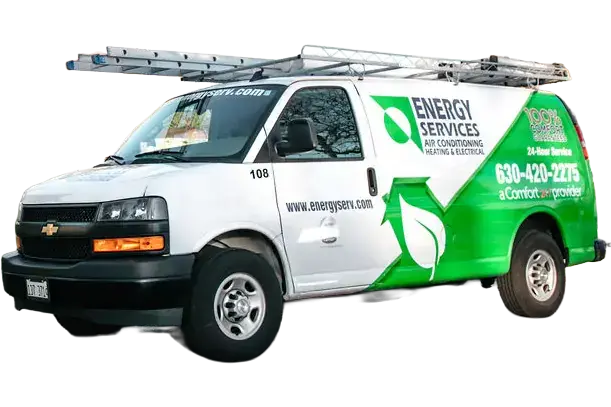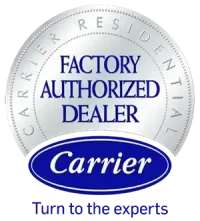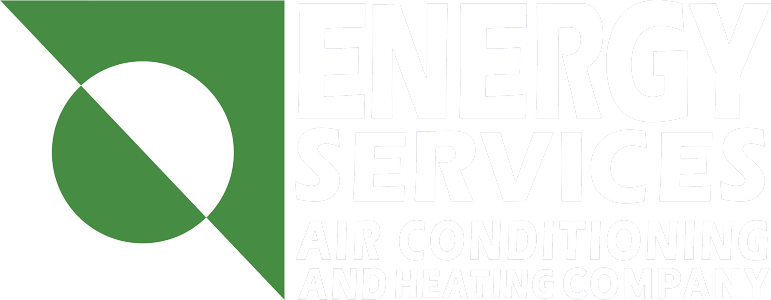An HVAC system uses heating, ventilation, and air conditioning equipment to regulate indoor climate. Air is moved, heated or cooled, filtered, and distributed throughout spaces using various components like compressors, fans, ductwork, and thermostats.
A heat pump transfers heat both ways—for cooling and heating—while an air conditioner only removes heat from indoor air for cooling.
Use simple terms, explain the problem’s impact, and clearly present solutions or preventive measures to customers.
It’s best to service HVAC systems at least once or twice per year to ensure efficiency and prevent breakdowns.
For one inch filters, replace every 1–2 months. Larger media filters can go 6–12 months, but check monthly if you have pets, allergies, or high usage.
Common causes are blocked vents, dirty filters, issues in the ductwork, or insulation problems. An HVAC technician can diagnose and recommend balancing the system or adding insulation where needed.
Most systems last 10–15 years with proper maintenance. Age, usage, and regular service all affect how long your equipment will operate efficiently.
Frequent repairs, rising utility bills, inconsistent temperatures, and a system over 15 years old are signs replacement may be more cost-effective than continued repairs.
Yes—change filters regularly, consider upgrading to high-efficiency filters, clean ducts when needed, and use an air purifier or dehumidifier if dust or humidity is a problem.
Yes—central air and heat pumps naturally dehumidify. If humidity is still too high, installing a dedicated whole-home dehumidifier can help.












